Home>Dining>Events & Etiquette>Table Manners In Western And Eastern Cultures: What Makes Them Different?
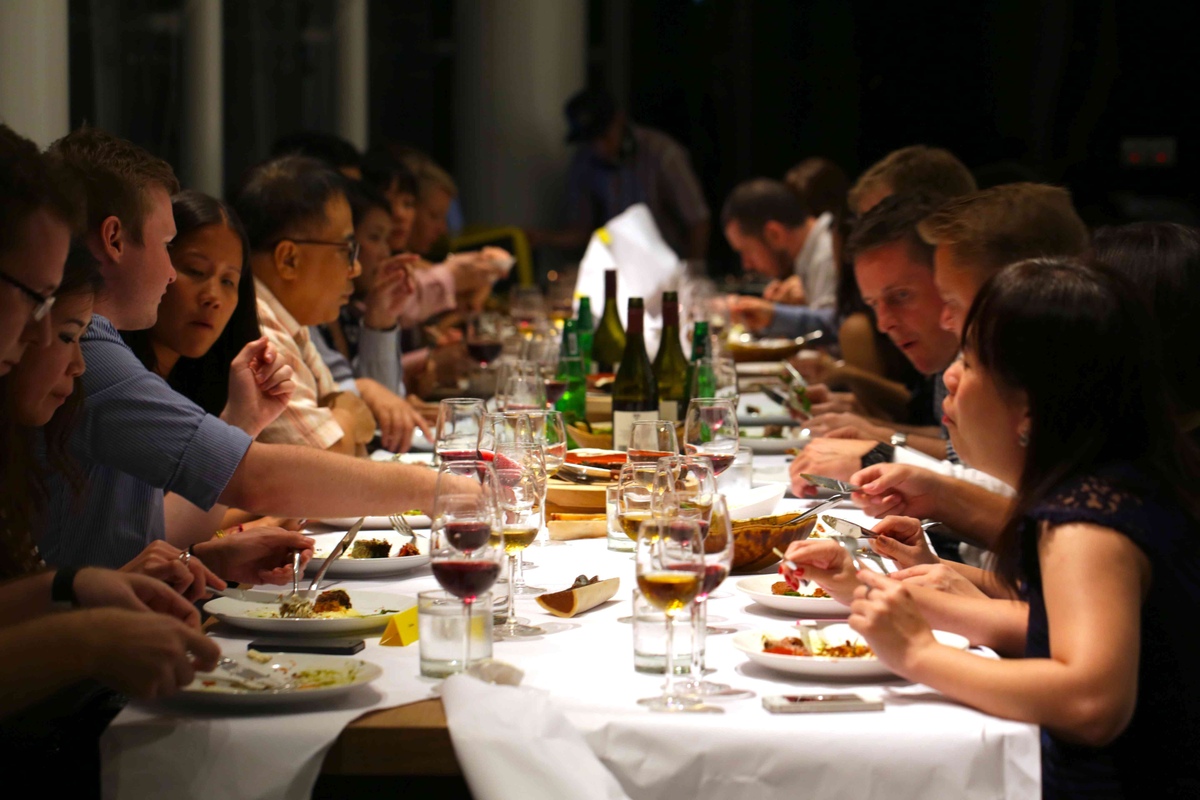

Events & Etiquette
Table Manners In Western And Eastern Cultures: What Makes Them Different?
Modified: January 9, 2024
Discover the contrasting table manners between Western and Eastern cultures in our insightful guide. Learn what sets them apart and gain valuable events etiquette tips.
(Many of the links in this article redirect to a specific reviewed product. Your purchase of these products through affiliate links helps to generate commission for Storables.com, at no extra cost. Learn more)
Introduction
When it comes to dining, table manners play a significant role in different cultures around the world. Understanding and respecting these etiquettes can help you navigate social situations with ease and avoid any unintentional faux pas.
In this article, we will explore the differences in table manners between Western and Eastern cultures. From seating arrangements to the way utensils are used, each culture has its own unique set of customs and expectations.
By examining these differences, we hope to promote cultural understanding and help you feel more confident and respectful when dining in diverse settings.
So, let’s dive in and discover the fascinating world of table manners!
Key Takeaways:
- Embracing the diverse table manners of Western and Eastern cultures fosters cultural understanding, respect, and meaningful connections during dining experiences, enhancing the universal joys of food and conversation.
- By adapting to seating arrangements, utensil use, eating habits, and conversation styles, individuals can navigate diverse dining customs with grace, curiosity, and respect, celebrating the rich tapestry of global cultures.
Read more: What Are Table Manners?
Differences in Western and Eastern Table Manners
When it comes to table manners, Western and Eastern cultures have distinct customs and practices that reflect their unique traditions and values. Let’s explore some of the key differences between these two cultures:
-
Seating Arrangements
In Western cultures, seating arrangements tend to be more relaxed and informal. Guests often choose their own seats or are guided by a host. However, in formal settings, there may be assigned seating based on hierarchy or social standing.
On the other hand, Eastern cultures place a strong emphasis on hierarchy and respect for elders. The seating arrangement is often predetermined, with the most important guest seated at the head of the table. It is considered impolite to start eating before the most senior person at the table begins.
-
Use of Utensils
In Western cultures, the use of utensils is common and standardized. The knife is held in the right hand and the fork in the left, with the tines facing down. Food is cut with the knife, and then the fork is used to transfer it to the mouth.
Conversely, in Eastern cultures, chopsticks are the primary utensil. They are held in the right hand, and food is picked up and brought to the mouth. The proper technique and etiquette for using chopsticks vary across different countries in the East.
-
Eating Habits and Etiquette
Western cultures often encourage individuality when it comes to eating. Each person has their own plate and may choose their own portions and flavor combinations.
In contrast, Eastern cultures emphasize communal dining. Dishes are typically placed in the center of the table, and everyone shares from the same dishes. It’s considered polite to offer food to others before serving yourself.
-
Drinking Etiquette
In Western cultures, it is common to toast with alcoholic beverages during social gatherings and meals. Eye contact is made when clinking glasses, and it is customary to take a sip after the toast.
Eastern cultures, however, have their own drinking traditions. In some countries, like China and Japan, it is customary to pour drinks for others rather than oneself. Pouring with two hands is a sign of respect, and it is polite to accept the drink with both hands as well.
-
Talking and Conversation
In Western cultures, conversations flow freely during meals, and it is common to engage in lively discussions on a variety of topics. Interrupting and speaking with one’s mouth full are generally considered impolite.
On the other hand, Eastern cultures value silence during meals as a sign of respect and concentration on the food. Engaging in conversation is more reserved and focused on the appreciation of the meal.
-
Gesture and Body Language
In Western cultures, hand gestures and body language play a significant role in communication. Expressive gestures are often used to emphasize points or convey emotions.
In contrast, Eastern cultures tend to have more subtle and restrained gestures. Maintaining poise and avoiding excessive body movements is seen as a sign of respect and self-control.
-
Table Etiquette in Formal Occasions
Both Western and Eastern cultures have specific table etiquette for formal occasions. In Western cultures, formal dining often involves multiple courses, with each dish served sequentially and utensils used accordingly.
In Eastern cultures, formal dining often follows a specific order and ritual. For example, in a traditional Japanese kaiseki meal, several small dishes are served in a precise sequence, highlighting seasonal ingredients and flavors.
While these differences in table manners exist, it’s important to remember that cultural practices are not set in stone, and variations can occur within regions and individual households. The key is to approach dining experiences with an open mind, respecting and embracing the customs of the culture you are in.
By understanding and adapting to these differences, you can not only avoid awkward situations but also foster cultural appreciation and build meaningful connections across different cultures.
Read more: What Are Singapore’s Table Manners?
Seating Arrangements
Seating arrangements play a crucial role in social interactions during dining experiences. They can determine the level of formality, hierarchy, and respect within the group. Let’s explore the differences in seating arrangements between Western and Eastern cultures:
In Western cultures, seating arrangements are often more relaxed and informal. In casual settings, guests typically have the freedom to choose their own seats. Tables are often arranged with an open seating plan, allowing people to sit wherever they feel comfortable. However, in formal occasions such as weddings or formal dinners, there may be assigned seats based on hierarchy or social standing. These seating arrangements are carefully planned to ensure smooth interactions and to honor the guests of honor.
On the other hand, Eastern cultures place a strong emphasis on hierarchy and respect for elders. Seating arrangements are often predetermined and carefully thought out. The most important guest or the guest of honor is usually seated at the head of the table or closest to the entrance. This seating position signifies respect and importance. In some cultures, such as China or Korea, it is considered impolite to start eating before the most senior person at the table begins.
In certain Eastern cultures, such as Japan, there is a specific seating arrangement called “seiza.” Seiza refers to sitting on the floor with legs folded underneath the body. This is a traditional style of sitting that requires flexibility and proper etiquette. The seating arrangement often follows strict rules based on hierarchy, where the most important person sits closest to the tokonoma (a traditional alcove) or a designated special seat.
It’s important to note that these seating arrangements may differ from one event to another and can vary depending on the cultural context. The key is to observe and follow the lead of the host or the most senior person present. Showing respect for the cultural norms around seating arrangements is a way to display good manners and cultural sensitivity.
By understanding and adapting to the seating arrangements in different cultures, you can navigate social gatherings with ease and show respect for the customs and traditions of the host culture.
Use of Utensils
The use of utensils during meals is a defining aspect of table manners. Western and Eastern cultures have distinct practices and etiquettes when it comes to handling and using utensils. Let’s explore the differences:
In Western cultures, the use of utensils is common and standardized. When sitting down for a meal, the knife is typically held in the right hand, while the fork is held in the left hand. The knife is used to cut food, and the fork is used to spear and lift the food to the mouth. The tines of the fork are usually faced downward and used to stabilize the food on the plate or to assist in cutting. The spoon is commonly used for soup or other liquid-based dishes.
In formal dining settings, a variety of specialized utensils may be provided, each with a specific purpose. These include salad forks, dessert spoons, and butter knives. The general rule is to work from the outside in, using the outermost utensils for the first course and moving inward as the meal progresses.
Conversely, in Eastern cultures, such as China, Japan, and Korea, chopsticks are the primary utensil used for most meals. Chopsticks are held in the right hand, between the thumb and the first two fingers. They are used to pick up food, both solid and liquid, and bring it to the mouth.
Using chopsticks effectively requires practice and skill. Different techniques exist across countries and regions, with variations in grip, movement, and even the type of chopsticks used. For example, in China, chopsticks are often longer and have more pointed ends, suitable for picking up smaller pieces of food. In Japan, chopsticks are shorter and have a blunt end, ideal for gripping larger pieces of food.
It’s important to note that the use of chopsticks may not be universal in all Eastern cultures. In some countries, such as Thailand or India, people may use their hands or other utensils like spoons and forks for certain dishes.
When dining in a different culture, it’s essential to show respect and adapt to the local customs. If you are unfamiliar with using chopsticks, it’s acceptable to politely ask for a fork or spoon. Locals will generally appreciate your efforts to learn and will be happy to accommodate you.
By understanding and respecting the different utensil practices in Western and Eastern cultures, you can navigate dining experiences with confidence and show appreciation for the cultural traditions around mealtime.
Eating Habits and Etiquette
Eating habits and etiquette vary greatly between Western and Eastern cultures. These differences reflect cultural values, beliefs, and traditions surrounding mealtime. Let’s explore some of the distinctions:
In Western cultures, individuality is often emphasized when it comes to eating habits. Each person has their own plate, and it is common to choose one’s own portions and flavor combinations. In casual settings, people may eat at their own pace, engaging in conversations and interactions throughout the meal. However, in formal dining situations, there are certain etiquette guidelines to follow. These include waiting for everyone to be served before starting to eat, keeping elbows off the table, and using utensils appropriately.
In contrast, Eastern cultures place a strong emphasis on communal dining. The act of sharing food is considered a way to foster unity, connection, and family harmony. Dishes are often placed in the center of the table, and everyone shares from the same dishes. It is customary to offer food to others before serving oneself as a gesture of politeness and consideration for others. In some cultures, such as China or Korea, it is also customary to use serving chopsticks or spoons to transfer food from communal dishes to individual bowls or plates.
Additionally, Eastern cultures often have specific customs and rituals regarding eating. In Japan, for example, there is a strong focus on mindfulness and appreciating the presentation and flavors of each dish. It is customary to say “itadakimasu” before starting a meal, which is a way to show gratitude for the food and the efforts put into preparing it. In many Eastern cultures, slurping noodles or making noise while eating can be seen as a sign of enjoyment and appreciation for the meal.
Another notable difference in eating etiquette is the use of smartphones or other electronic devices at the table. In Western cultures, it is generally considered impolite to use phones or tablets during meals, as it is seen as a distraction to mealtime conversation and social interaction. In contrast, some Eastern cultures may be more accepting of the use of technology at the table, such as taking photos of the food before eating.
Understanding and respecting the eating habits and etiquette of the culture you are in is essential for a positive and respectful dining experience. It shows your appreciation for their traditions and helps you engage in meaningful cultural exchanges.
By embracing the communal aspect of dining in Eastern cultures and adhering to the formalities and etiquette in Western cultures, you can fully immerse yourself in the dining experience and foster connections with people from diverse backgrounds.
Drinking Etiquette
Drinking etiquette varies across different cultures, and it is important to be aware of the customs and practices when partaking in social drinking settings. Let’s explore the differences in drinking etiquette between Western and Eastern cultures:
In Western cultures, alcohol is often a common part of social gatherings and meals. When toasting, it is customary to make eye contact with each person attending the toast as a sign of respect and friendship. It is polite to clink glasses gently and take a sip after the toast is made. Cheers, salud, prost, or cheers are common expressions used to raise a toast.
When drinking alcohol in Western cultures, it is important to know your limits and drink responsibly. It is considered impolite to become excessively intoxicated or to pressure others into consuming more than they are comfortable with.
Conversely, Eastern cultures, such as China and Japan, may have different drinking customs. In some Eastern cultures, the act of pouring drinks for others is seen as a sign of respect and hospitality. When pouring drinks, it is customary to pour for others before pouring for oneself. Pouring with two hands is a gesture of respect, and it is polite to accept a drink with both hands as well.
In Japan, there is a unique drinking etiquette known as “nomikai.” Nomikai refers to a drinking party where colleagues or friends gather to socialize outside of work or other formal settings. During these gatherings, it is common to pour drinks for one another and make frequent toasts. When someone pours a drink for you, it is polite to hold your glass slightly elevated to receive the drink and express gratitude.
Other Eastern cultures may have their own specific drinking customs and traditions. For example, in South Korea, it is customary to use both hands and turn away when taking a sip of alcohol as a sign of respect. In China, it is customary to offer a toast to the elders or those of higher status before drinking.
Regardless of the cultural norms around drinking, it is essential to be mindful of your own alcohol consumption and to respect the preferences and comfort levels of others. It is never appropriate to pressure someone into drinking if they choose not to.
Understanding the different drinking etiquettes in Western and Eastern cultures allows you to navigate social drinking situations with grace and respect. It promotes cultural appreciation and enhances the overall dining experience.
Read more: What Are The Table Manners In Japan?
Talking and Conversation
Talking and conversation during meals can significantly vary between Western and Eastern cultures. The dynamics of communication, topics of discussion, and social norms differ across these cultures. Let’s explore the differences:
In Western cultures, conversations flow freely during meals, and it is common to engage in lively discussions on a variety of topics. Mealtime is often seen as an opportunity to connect, share stories, and exchange ideas. However, there are some general etiquette guidelines to follow. It is considered impolite to talk with your mouth full or interrupt others while they are speaking. It is also important to maintain a level of inclusivity in conversations, ensuring that everyone has an opportunity to participate.
In formal settings, such as business dinners or formal events, conversations may be more restrained and focused on specific topics or business matters. It is important to gauge the tone and context of the gathering and adjust your conversation accordingly.
Conversely, Eastern cultures often value silence during meals as a sign of respect and concentration on the food. The act of eating is seen as a time to appreciate the flavors and textures of the meal, and talking excessively could be perceived as a distraction. In some Eastern cultures, it is customary to eat quietly and only converse minimally, if at all, during meals.
When conversation does occur in Eastern cultures, it often revolves around the food itself. Remarks about the taste, texture, and presentation of the dishes are common. Compliments to the host or chef are also appreciated.
It’s important to be mindful of the cultural norms regarding conversation during meals and adapt accordingly. If you are dining with individuals from a different culture, it can be helpful to observe their behavior and follow their lead. Showing respect for the preferred style of communication in each culture fosters a more enjoyable and harmonious dining experience.
Remember, the focus should not solely be on talking, but also on connecting with others and creating a pleasant atmosphere during the meal.
By being aware of the differences in talking and conversation norms between Western and Eastern cultures, you can engage in respectful and considerate communication during meals, regardless of the cultural context.
Gesture and Body Language
Gestures and body language play an essential role in communication, and they can vary significantly between Western and Eastern cultures. Understanding these differences is crucial for effectively conveying messages and showing respect. Let’s explore the distinctions:
In Western cultures, hand gestures and body language are often used to emphasize points, convey emotions, and enhance communication. Common gestures include waving, pointing, using thumbs up or thumbs down, and nodding or shaking the head. Eye contact is generally appreciated and seen as a sign of attentiveness and engagement during conversations.
Facial expressions in Western cultures are often more expressive, with smiles, frowns, and raised eyebrows conveying emotions and reactions. It is also common to use handshakes for greeting and showing respect, especially in formal settings.
Conversely, Eastern cultures tend to have more restrained and subtle gestures and body language. Maintaining poise and avoiding excessive body movements is seen as a sign of respect and self-control. Certain gestures that may be innocuous or positive in Western cultures, such as pointing directly at someone or beckoning with the finger, can be considered impolite or aggressive in Eastern cultures.
In some Eastern cultures, such as Japan, bowing is a common form of greeting and showing respect. The depth and duration of the bow can convey different levels of respect depending on the social hierarchy and context. Keeping one’s hands at one’s sides or in front is considered polite in many Eastern cultures, while placing them on the hips may be seen as impolite or confrontational.
Eye contact practices can also differ. In Western cultures, direct eye contact is generally encouraged and seen as a sign of trust and engagement. In Eastern cultures, prolonged eye contact can be seen as impolite or intrusive, especially when conversing with someone of higher status or age. It is important to be aware of these cultural nuances and adjust your behavior accordingly.
Understanding and respecting the gestures and body language of different cultures are keys to effective communication and building positive relationships. By observing and adapting to the cultural norms, you can avoid misunderstandings and show your respect for the customs and traditions of the host culture.
Remember, it’s essential to approach cultural differences with an open mind and a willingness to learn, as gestures and body language can greatly influence how your message is received and interpreted.
Table Etiquette in Formal Occasions
Table etiquette in formal occasions varies significantly between Western and Eastern cultures. These formal dining settings often require adherence to specific rules and customs to display respect and decorum. Let’s explore the differences:
In Western cultures, formal dining is often characterized by multiple courses served sequentially. Each course has its own dedicated plate and utensils. It is important to wait for everyone to be served before starting to eat, as a sign of politeness and consideration for others. Utensils are used in a specific order, starting from the outermost set and working towards the center as each course is served. The general rule is to work from the outside in.
In formal dining settings, there may be specialized utensils for specific dishes, such as salad forks, dessert spoons, or butter knives. These utensils are placed in accordance with the order of the courses and are typically used for their designated purposes. It is important to use utensils in the appropriate manner and position them properly when not in use.
Western formal dining occasions also have specific rules for napkin usage. The napkin is placed on your lap upon sitting down and is used to wipe your mouth discreetly during the meal. At the end of the meal, the napkin is placed loosely on the left side of the plate to signal that you have finished eating.
On the other hand, formal dining in Eastern cultures, such as China or Japan, often follows a precise order and ritual. For example, in a traditional Japanese kaiseki meal, several small dishes are served in a particular sequence, highlighting seasonal ingredients and flavors. Each dish is served on its own small plate or bowl.
Chopsticks are the primary utensils used in formal dining settings in many Eastern cultures. They are used to pick up food and bring it to the mouth. It is considered impolite to stab food with chopsticks or use them to point or gesture. Chopsticks should be used respectfully and handled with care.
In Eastern formal dining settings, communal dishes are often shared amongst the guests. It is courteous to wait for the host or the most senior person at the table to start eating before you begin. Show appreciation for the food through expressions of enjoyment and compliments to the host or chef.
Formal occasions in both Western and Eastern cultures require attention to detail and adherence to specific rules. By observing and following the customs and practices of the particular culture, you can demonstrate respect and etiquette during formal dining events.
It’s important to remember that these guidelines serve as a general outline, and there may be additional regional or cultural variations. If in doubt, observe the behavior of others and follow their lead to navigate formal dining settings gracefully.
By embracing the table etiquette of different cultures, you can fully immerse yourself in the cultural experience and build positive connections with people from diverse backgrounds.
In Western cultures, it is polite to keep your hands visible on the table, while in Eastern cultures, it is polite to keep your hands in your lap. Be mindful of this difference when dining with people from different cultural backgrounds.
Conclusion
Table manners and etiquette provide a window into the rich cultural tapestry of societies around the world. Understanding and respecting the differences in table manners between Western and Eastern cultures is key to navigating dining experiences with grace, consideration, and cultural sensitivity.
From seating arrangements to the use of utensils, eating habits, drinking etiquette, conversation practices, gestures, and formal dining protocols, each culture has its own unique customs and traditions. By embracing these differences and adapting to the cultural norms, we can foster cultural understanding, appreciation, and connections.
When dining in a different culture, it is important to show respect and curiosity for the local customs. Pay attention to how others behave and follow their lead to avoid any unintentional faux pas. Whether it’s observing hierarchical seating arrangements or using chopsticks with finesse, demonstrating cultural sensitivity can enhance the overall dining experience and help build meaningful connections with people from diverse backgrounds.
Remember that table manners are not rigid rules set in stone. They may vary even within regions and individual households. The key is to approach dining experiences with an open mind, ready to embrace new customs and traditions with curiosity and respect.
By understanding the nuances of table manners in Western and Eastern cultures, we can foster a greater appreciation for cultural diversity and bridge the gap between different societies. Let us celebrate the beauty of these cultural differences as we come together around the world to share the universal joys of food, conversation, and connection.
Frequently Asked Questions about Table Manners In Western And Eastern Cultures: What Makes Them Different?
Was this page helpful?
At Storables.com, we guarantee accurate and reliable information. Our content, validated by Expert Board Contributors, is crafted following stringent Editorial Policies. We're committed to providing you with well-researched, expert-backed insights for all your informational needs.
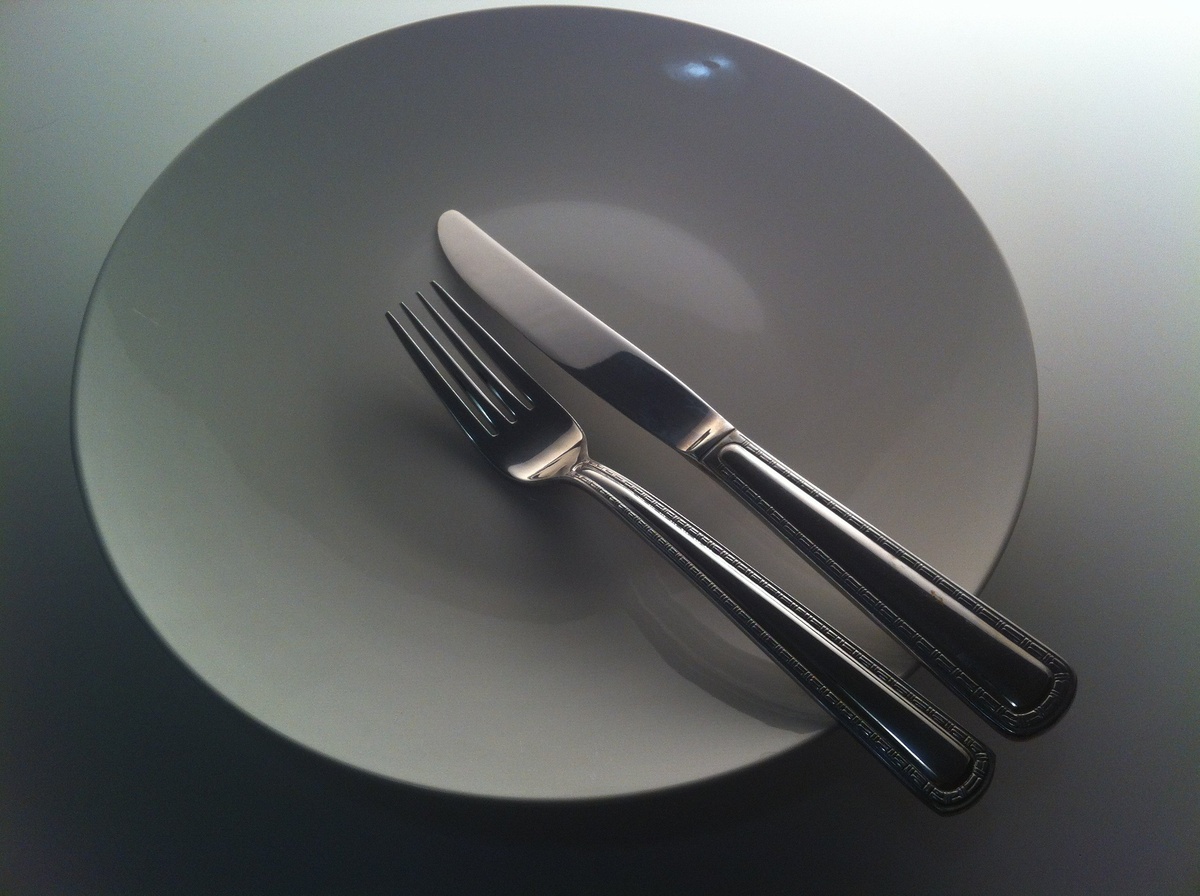

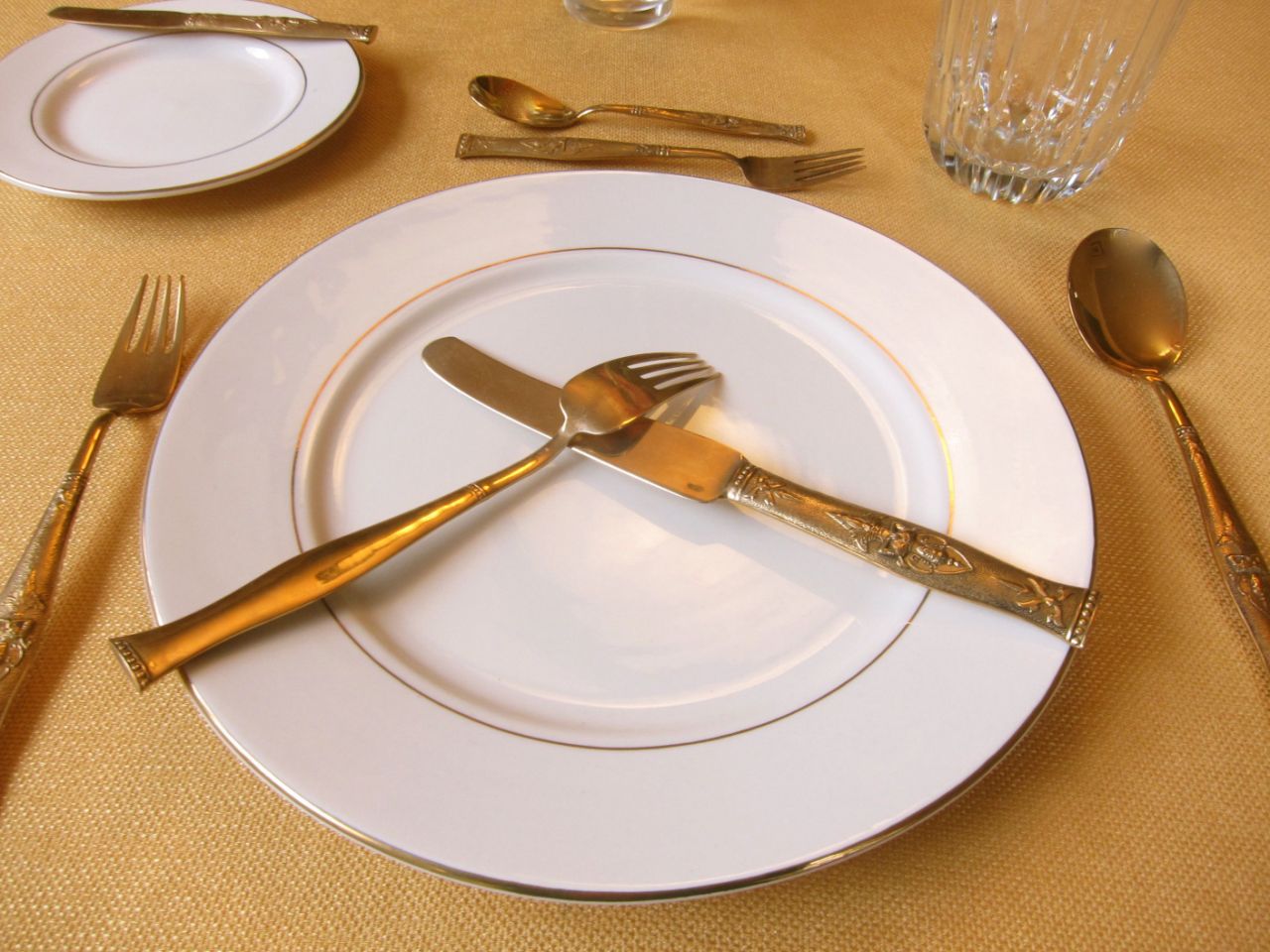


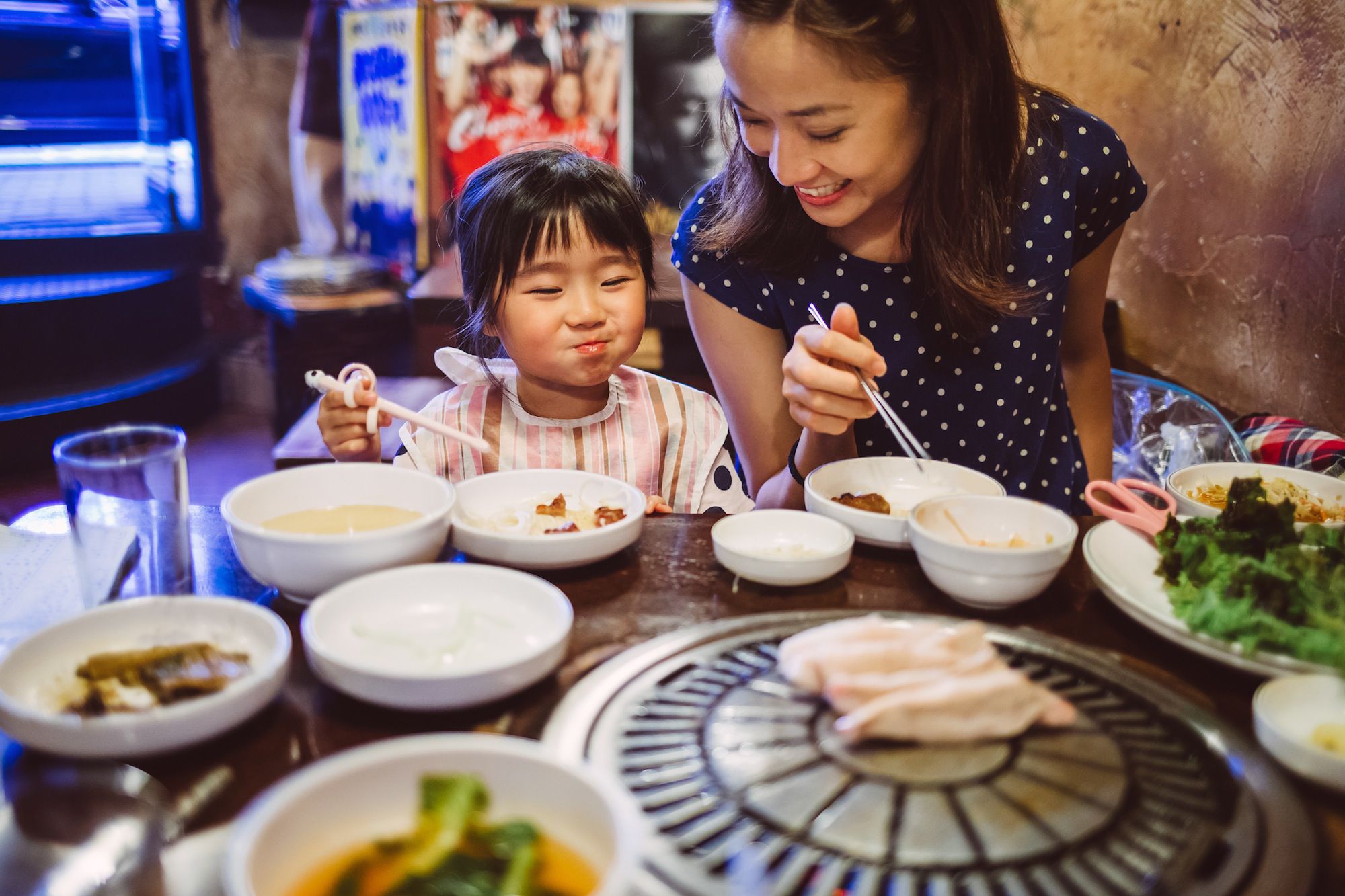
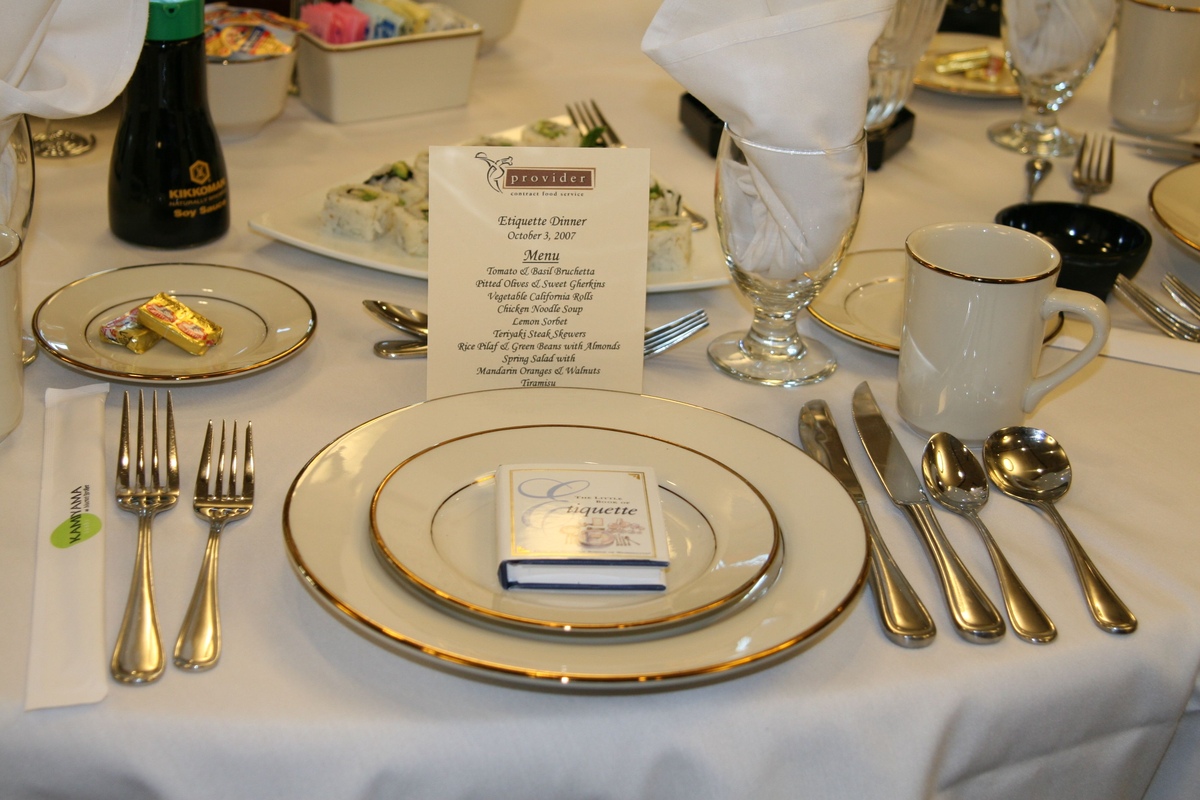




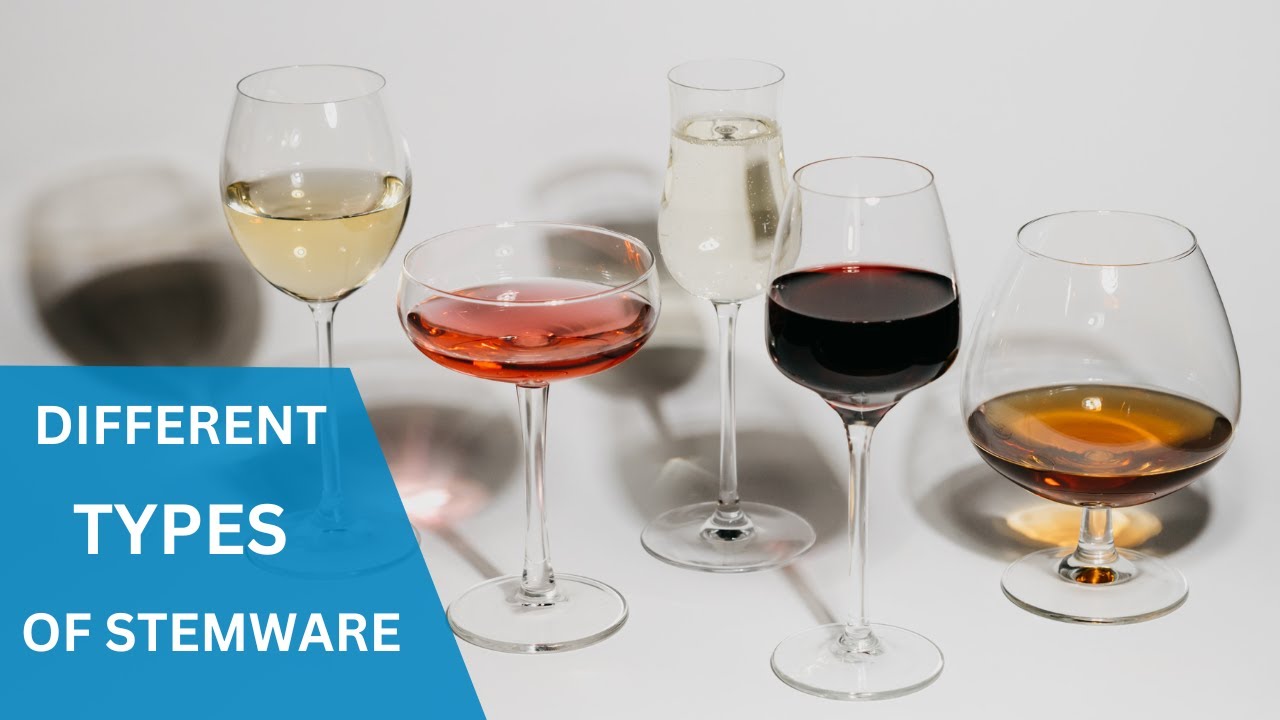

0 thoughts on “Table Manners In Western And Eastern Cultures: What Makes Them Different?”